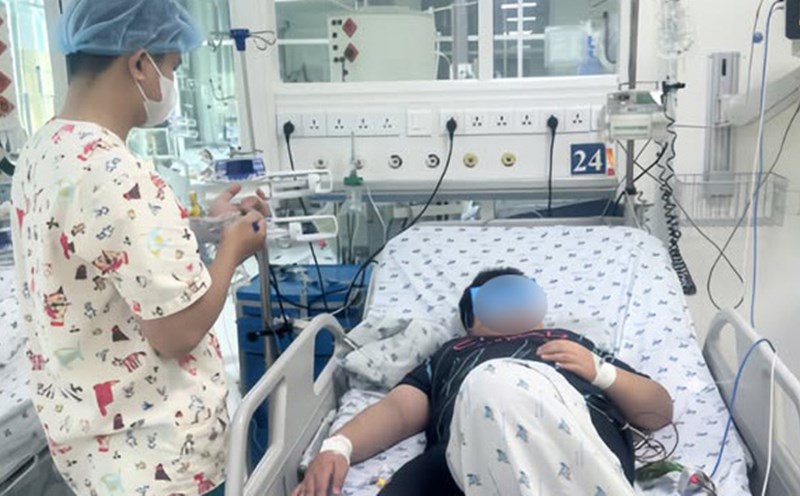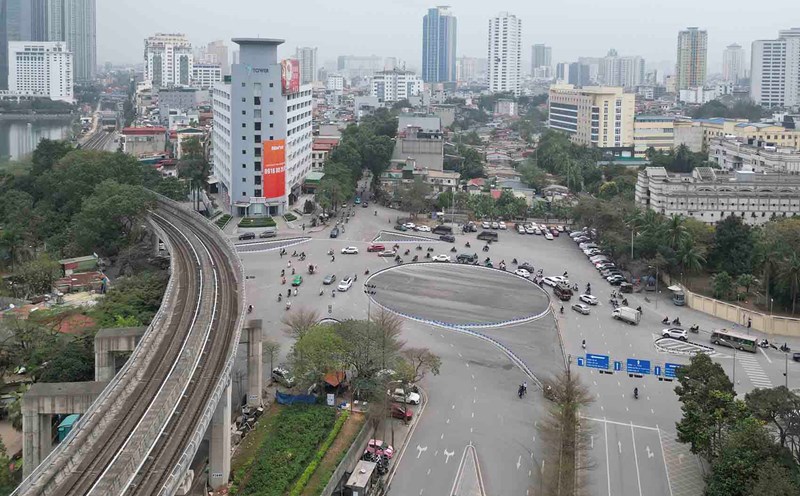In order to meet the health care needs of more than 14 million people in the context of an increasingly developing special urban area, according to Dr. Nguyen Hoai Nam - Deputy Director of the Ho Chi Minh City Department of Health, the new system includes 164 hospitals (14 ministerial hospitals, 32 general hospitals, 28 specialized hospitals, 90 non-public hospitals), 38 medical centers, 168 health stations, 296 medical centers and more than 10,000 private clinics. The total number of hospital beds increased to nearly 50,000, but the number of hospital beds per 10,000 people decreased slightly from 42 to 35.1 due to the population expansion after the merger.
Notably, the city is moving towards a " mini hospital" model with upgrading health stations to meet standards in terms of area and function. Associate Professor, Dr. Nguyen Anh Dung - Deputy Director of the Ho Chi Minh City Department of Health said: "The goal is to make the health station a reliable place for initial medical examination and treatment, implementing classification, monitoring the health of people periodically, and reducing the burden on higher levels". Currently, 125/168 health stations have met the standards with an area of over 500m2.
However, expanding administrative boundaries also means increasing the demand for medical examination and treatment. The number of medical examinations and treatments is forecast to increase from 42 million to 51 million/year; the number of inpatient treatments is forecast to increase from 2.2 million to 3.8 million/year.
To adapt, major hospitals have proactively expanded and improved reception capacity. Dr. Diep Bao Tuan - Director of Ho Chi Minh City Oncology Hospital said that each year the unit receives more than 880,000 examinations, nearly 39,000 surgeries and over 180,000 radiotherapy sessions. The hospital has implemented many measures to reduce the burden such as open-air examination, late-term radiotherapy and investment in more modern equipment.
Similarly, People's Hospital 115 is receiving about 4,000 outpatient visits and 1,600 inpatient treatments per day, of which about 50% are patients from the province. Director Tran Van Song said that the hospital will open more satellite facilities and transfer technology to lower-level facilities to increase service access for people.
Not only concentrating in the inner city, the city also prioritizes investment in healthcare in disadvantaged areas. The Ho Chi Minh City Department of Health is coordinating to develop a project to enhance the capacity of the Con Dao Military-Civilian Medical Center. In the third quarter of 2025, major hospitals such as Hung Vuong, Children's Hospital 1, Binh Dan, Gia Dinh People's... will take turns sending doctors to the island, organize remote consultations, continuous training and build on-site blood banks. The next phase will aim to form a large-scale general hospital in the special area.
Associate Professor, Dr. Tang Chi Thuong - Director of the Ho Chi Minh City Department of Health said: "We are urgently deploying 13 key tasks in the last 6 months of 2025, especially the work of transferring technology from the upper level to the lower level. At the same time, coordinate with universities to build a rotation program for resident doctors to practice in Con Dao - both providing professional support, creating a practical training environment and attracting long-term human resources".
The city's health sector is showing great determination in arranging and improving the effectiveness of the system, aiming to best serve the health of people in conditions of urbanization and increasing population.










